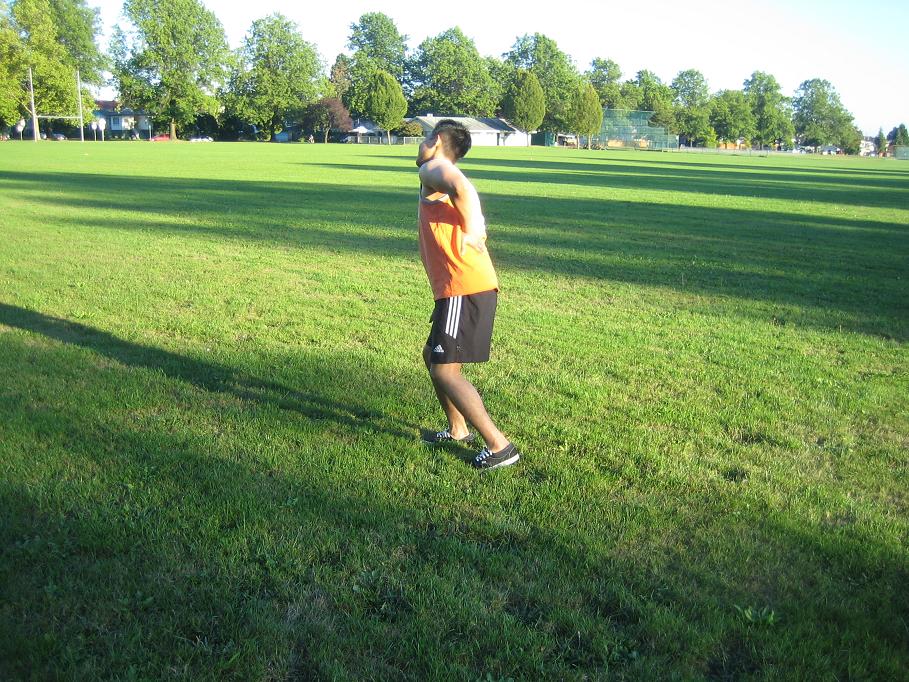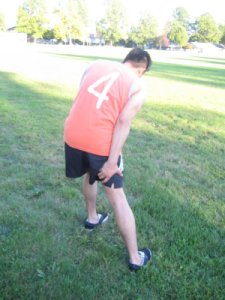A back spasm is a sudden and involuntary contraction or tightening of a muscle due to strain, weakness, overuse and muscle strain. It usually happens near the nerve roots of the spinal cord and places pressure on these sensitive nerves and result to a severe pain. a muscle happens when exerting excessive energy or straining such as performing heavy lifting, strenuous sports activity and working out. A person is prone to muscle spasms when the body is not hydrated properly or supply of potassium or calcium is the body are low.
Symptoms of a back spasm
- Backache
- Hip or buttock pain
- Feeling that the foot is slapping the ground due to weakness of the leg or “foot drop”
- Neck pain and stiffness in the spine
Numbness or tingling sensations in one leg or buttock, - Numbness or tingling sensations in one leg or buttock
- Headache at the back of the head
- Sciatica, a severe pain at the back of one leg
- Nerve problems that result to numbness or tingling sensation in one arm, buttock, leg or shoulder.
Causes
- Dehydration
- Tightness of the tendons found at the back of legs
- Weak muscles of the stomach
- Weak and tight back muscles
- Conditions such as arthritis in the spine, curvature of the spine such as lordosis or scoliosis, and spinal stenosis which is the narrowing of the spinal canal can cause spasm at the back.
Treatment
- Take plenty of rest at least for 1-2 days; avoid performing any activity that result to back spasms such as heavy lifting or strenuous exercises.
- Take a hot shower and focus the water at the back for at least 2-3 minutes. Then follow it up with cold water on the back for 30 seconds. Repeat this process until the pain is reduced.
- Apply ice to affected area for the first 48-72 hours for at least 20 minutes. Rest the area for 1 hour and 30 minutes and then reapply the ice for 20 minutes. Repeat the process for 2-3 days immediately after spasms begins to lessen the inflammation and the pain. Wrap ice using a towel before placing to the area to prevent ice burn and worsen the condition. Avoid ice directly on the skin.
- After 72 hours, start applying moist heat on the affected area. Heat can be in the form of damp heating pads, hot tubs or hot showers. Heat increase blood circulation and for fast healing of the condition. It also relaxes the fibers of the muscles and nerves.
- Elevate the affected area in couple of pillows above the level of the heart. Another alternative is lying on a stiff mattress or the floor and raise the legs on a chair for support and maintain a 90 degree bent on the knees.
- Take the prescribed over-the-counter medications such as naproxen and ibuprofen to lessen the pain and the inflammation.
- Injections of prescribed cortisone to relieve pain that spreads down the legs.
Disclaimer / More Information
The material posted on this page on a back spasm is for learning purposes only. Learn to recognize and manage this condition by taking a first aid and CPR class with one of our training providers.
FACT CHECK
https://www.medicalnewstoday.com/articles/321916.php
https://www.spine-health.com/blog/what-your-back-muscle-spasm-telling-you
https://www.healthline.com/health/back-pain/lower-back-spasms

